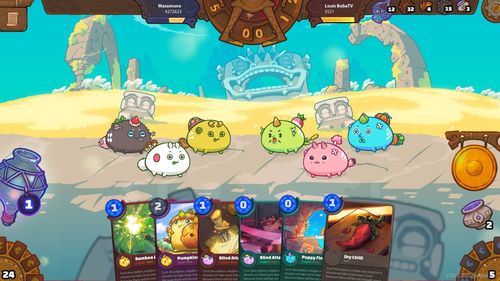Understanding the Economic Impact of Game Animals

Game animals, such as deer, elk, and wild turkey, play a significant role in the economy of many regions around the world. They bring in substantial revenue through hunting, tourism, and other activities, which in turn fund wildlife conservation efforts. In this article, we will explore the various dimensions of how game animals contribute to the economy and conservation.
Revenue from Hunting

Hunting is a popular activity for many people, and it generates significant revenue through licenses, tags, and fees. According to the National Shooting Sports Foundation, in 2020, hunters spent an estimated $55.9 billion on hunting-related activities in the United States alone. This includes the purchase of firearms, ammunition, hunting equipment, and travel expenses.
| Category | Amount (in billions) |
|---|---|
| Firearms and ammunition | $12.4 |
| Hunting equipment | $5.4 |
| Travel and lodging | $8.4 |
| Food and beverages | $4.4 |
| Other | $15.1 |
| Total | $55.9 |
Conservation Funding

A portion of the revenue generated from hunting is allocated to wildlife conservation. In the United States, for example, the Wildlife Restoration Program, also known as the Pittman-Robertson Act, requires hunters to purchase a federal hunting license, which contributes to conservation efforts. Since its inception in 1937, the program has allocated over $16 billion to state wildlife agencies for conservation projects.
Supporting Local Economies
The presence of game animals also supports local economies through tourism. Many regions offer guided hunting trips, lodges, and other services that cater to hunters and wildlife enthusiasts. According to the National Wildlife Federation, hunting and wildlife watching generate $200 billion in economic activity each year in the United States.
Creating Jobs
The hunting and wildlife tourism industries create jobs in various sectors, including hospitality, transportation, and retail. According to the U.S. Fish and Wildlife Service, in 2016, the wildlife-related recreation industry employed over 1.6 million people in the United States.
Preserving Biodiversity
Game animals are an essential part of biodiversity, and their conservation is crucial for maintaining healthy ecosystems. By generating revenue through hunting and tourism, regions can invest in habitat restoration, wildlife management, and other conservation efforts. This not only benefits the animals but also provides recreational opportunities for future generations.
Challenges and Solutions
While game animals bring in significant revenue, there are challenges associated with their management and conservation. Overhunting, habitat loss, and climate change are some of the factors that threaten game animal populations. To address these challenges, governments, conservation organizations, and hunters must work together to implement sustainable management practices and promote responsible hunting.
Conclusion
In conclusion, game animals play a vital role in the economy and conservation of many regions. By generating revenue through hunting and tourism, they support local economies, create jobs, and fund wildlife conservation efforts. However, it is crucial to address the challenges associated with their management to ensure their long-term survival and the health of ecosystems.
